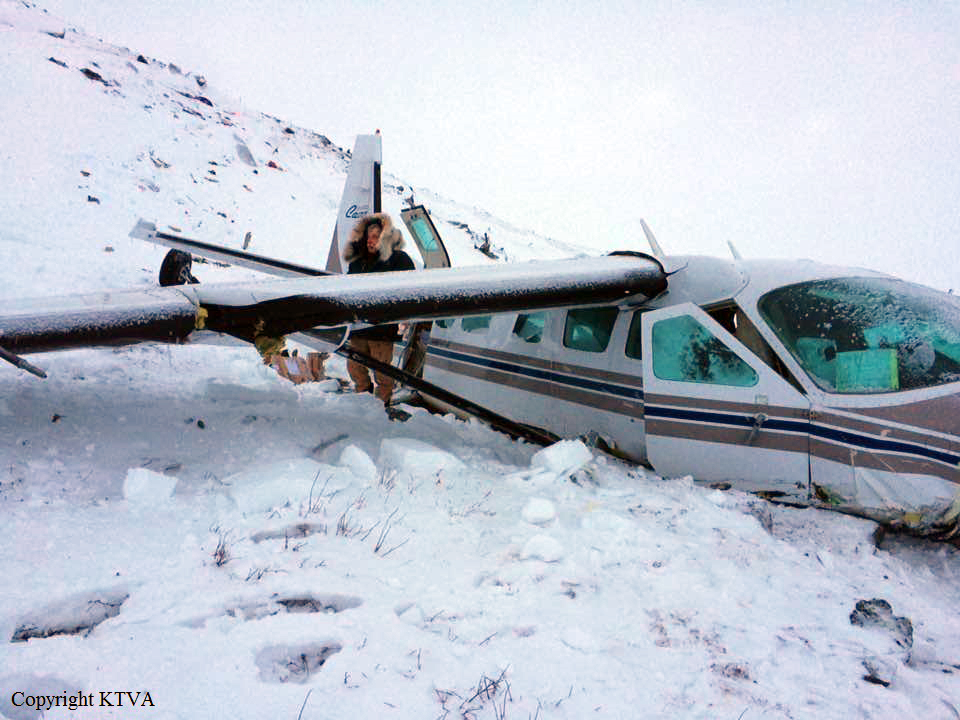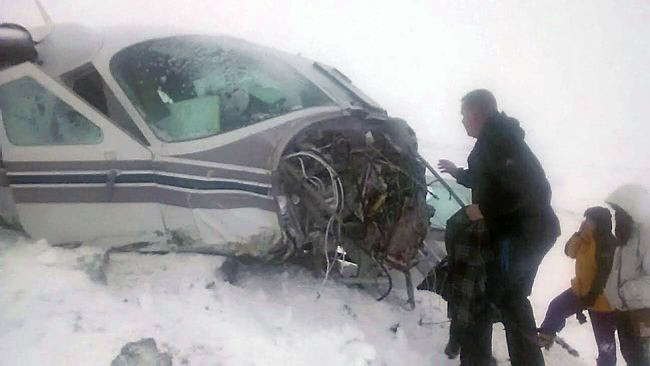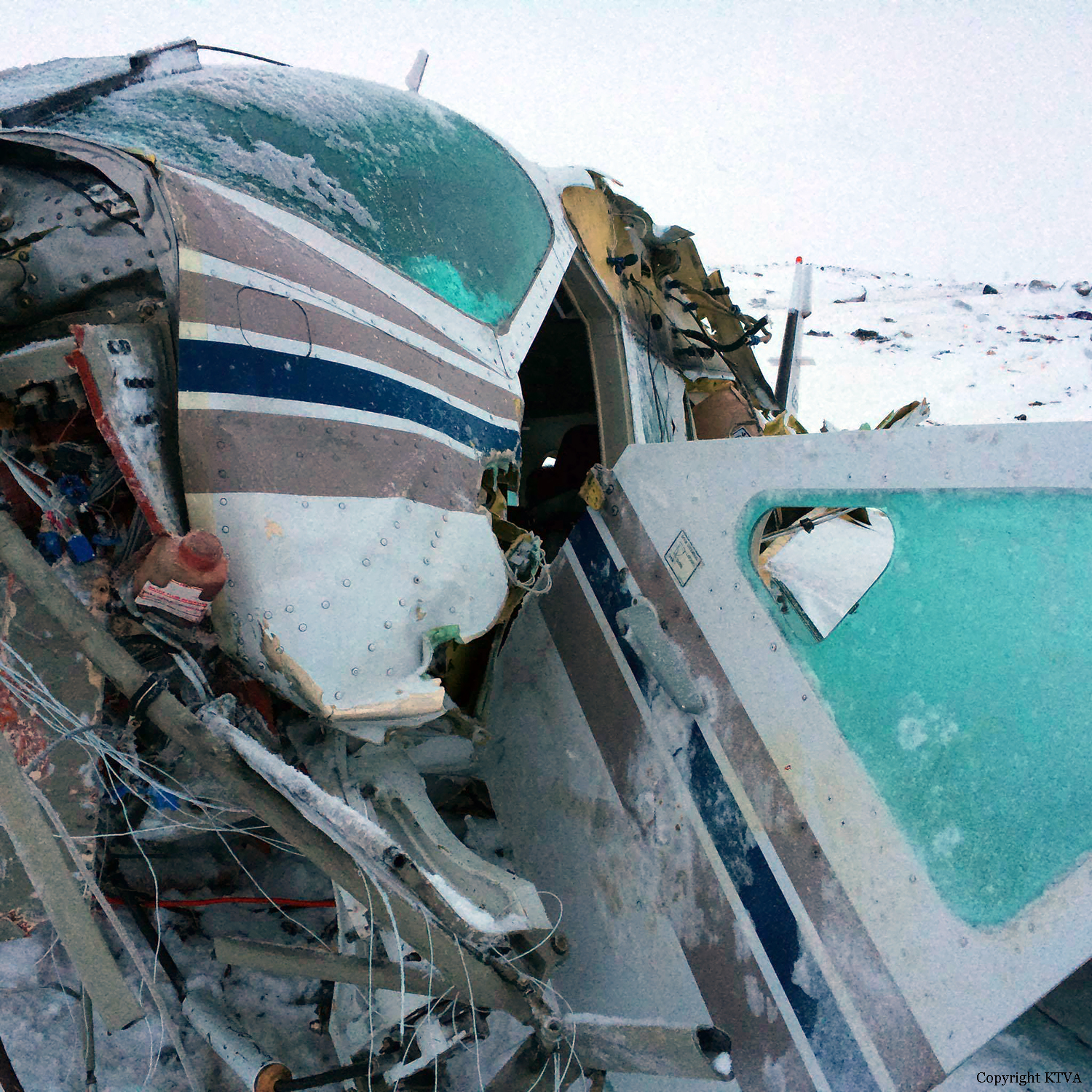Country
Crash of a Cessna 208B Grand Caravan EX in Lolat
Date & Time:
Jun 14, 2016 at 0758 LT
Registration:
PK-RCK
Survivors:
Yes
Schedule:
Wamena – Lolat
MSN:
208B-5149
YOM:
2014
Crew on board:
1
Crew fatalities:
Pax on board:
2
Pax fatalities:
Other fatalities:
Total fatalities:
0
Aircraft flight hours:
53
Circumstances:
The single engine airplane departed Wamena Airport at 0739LT on a cargo flight to Lolat, carrying two passengers, one pilot and a load of building materials for a total weight of 1,190 kilos. On short final to Lolat Airfield, the aircraft impacted the roof of a wooded house and crashed, bursting into flames. All three occupants of the airplane evacuated safely while three people in the house were injured. The aircraft was totally destroyed by a post crash fire.
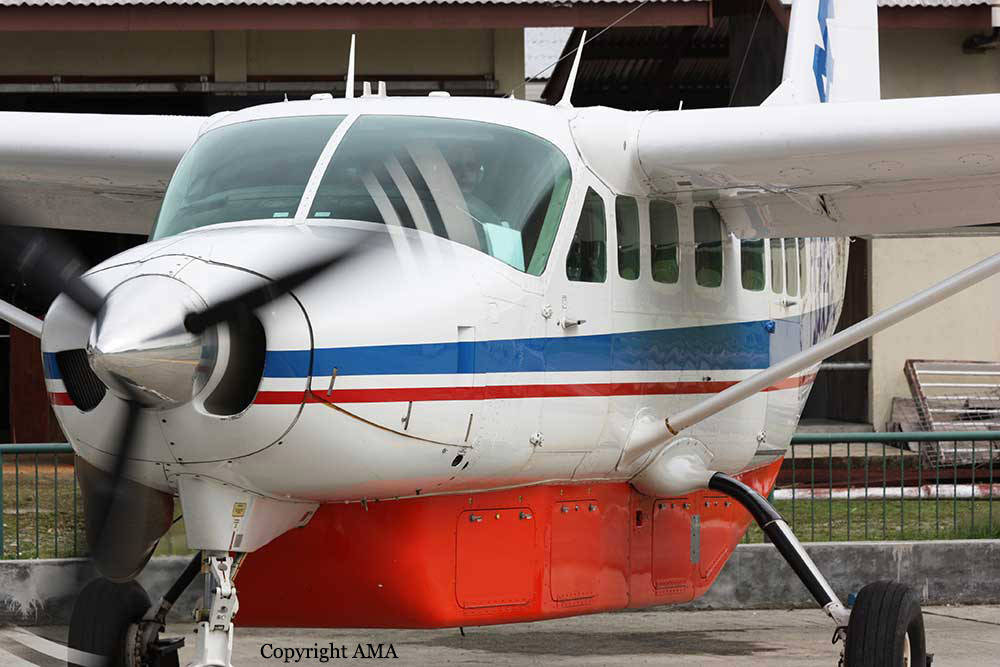


Crash of a Cessna 208B Grand Caravan in Akobo
Date & Time:
Jun 3, 2016 at 1000 LT
Registration:
5Y-JLL
Survivors:
Yes
Schedule:
Akobo - Juba
MSN:
208B-2158
YOM:
2009
Crew on board:
1
Crew fatalities:
Pax on board:
4
Pax fatalities:
Other fatalities:
Total fatalities:
0
Circumstances:
On 3 June 2016, a Cessna 208B of registration 5Y-JLL and serial number 2158 was conducting a charter passenger flight from Akobo Airstrip to Juba with 4 passengers and one flight crew member on board. According to the operator, during takeoff from Akobo Airstrip at approximately 10 a.m. Local Time, the pilot executed a premature takeoff due to animal incursion on the runway. The airplane's right main landing gear clipped the Airstrip perimeter fence and the aircraft crash-landed onto grass-thatched houses and trees near the end of the runway. Damage was substantial with no reported injuries. The runway was reported to have been wet at the time of occurrence.
Final Report:


Crash of a Cessna 208B Grand Caravan in Lodi
Date & Time:
May 12, 2016 at 1413 LT
Registration:
N1114A
Survivors:
Yes
Schedule:
Lodi - Lodi
MSN:
208B-0309
YOM:
1992
Crew on board:
1
Crew fatalities:
Pax on board:
17
Pax fatalities:
Other fatalities:
Total fatalities:
0
Captain / Total hours on type:
253.00
Aircraft flight hours:
12848
Circumstances:
The commercial pilot reported that, after takeoff on the local skydiving flight, the engine experienced a total loss of power. He initiated a turn toward the airport, but realized the airplane would not reach the runway and chose to perform a forced landing to an open field. During the landing roll, the airplane exited the field, crossed a road, impacted a truck, and continued into a vineyard, where it nosed over. Postaccident examination of the engine revealed that the fuel pressure line that connects the fuel control unit to the airframe fuel pressure transducer was fractured below the fuel control unit fitting's swaged seat. In addition, a supporting clamp for the fuel pressure fuel line was fractured and separated. The operator reported that the fractured fuel line had been replaced the night before the accident and had accumulated about 4 hours of operational time. The previously-installed line had also fractured. Metallurgical examination of the two fractured fuel lines revealed that both fuel lines fractured due to reverse bending fatigue through the tube wall where a ferrule was brazed to the outside of the tube. There were no apparent anomalies or defects at the crack initiation sites. Examination of the supporting clamp determined that it fractured due to unidirectional bending fatigue where one of the clamp's tabs met the clamp loop, with the crack initiating along the inward-facing side of the clamp. The orientation of the reverse bending fatigue cracks and the spacing of the fatigue striations on the tube fracture surfaces were consistent with high-cycle bending fatigue due to a vibration of the tube. The cushioned support clamp is designed to prevent such vibrations from occurring. However, if the clamp tab is fractured, it cannot properly clamp the tube and will be unable to prevent the vibration. The presence of the fractured clamp combined with the fact that the two pressure tubes failed in similar modes in short succession indicated that the clamp most likely failed first, resulting in the subsequent failure of the tubes. Since the clamp was likely fractured when the first fractured fuel pressure line was replaced, the clamp was either not inspected or inadequately inspected at the time of the maintenance.
Probable cause:
A total loss of engine power due to a fatigue fracture of the fuel pressure line that connected the fuel control unit and the fuel flow transducer due to vibration as the result of a fatigue fracture of an associated support clamp. Contributing to the accident was the mechanic's inadequate inspection of the fuel line support clamp during the previous replacement of the fuel line.
Final Report:

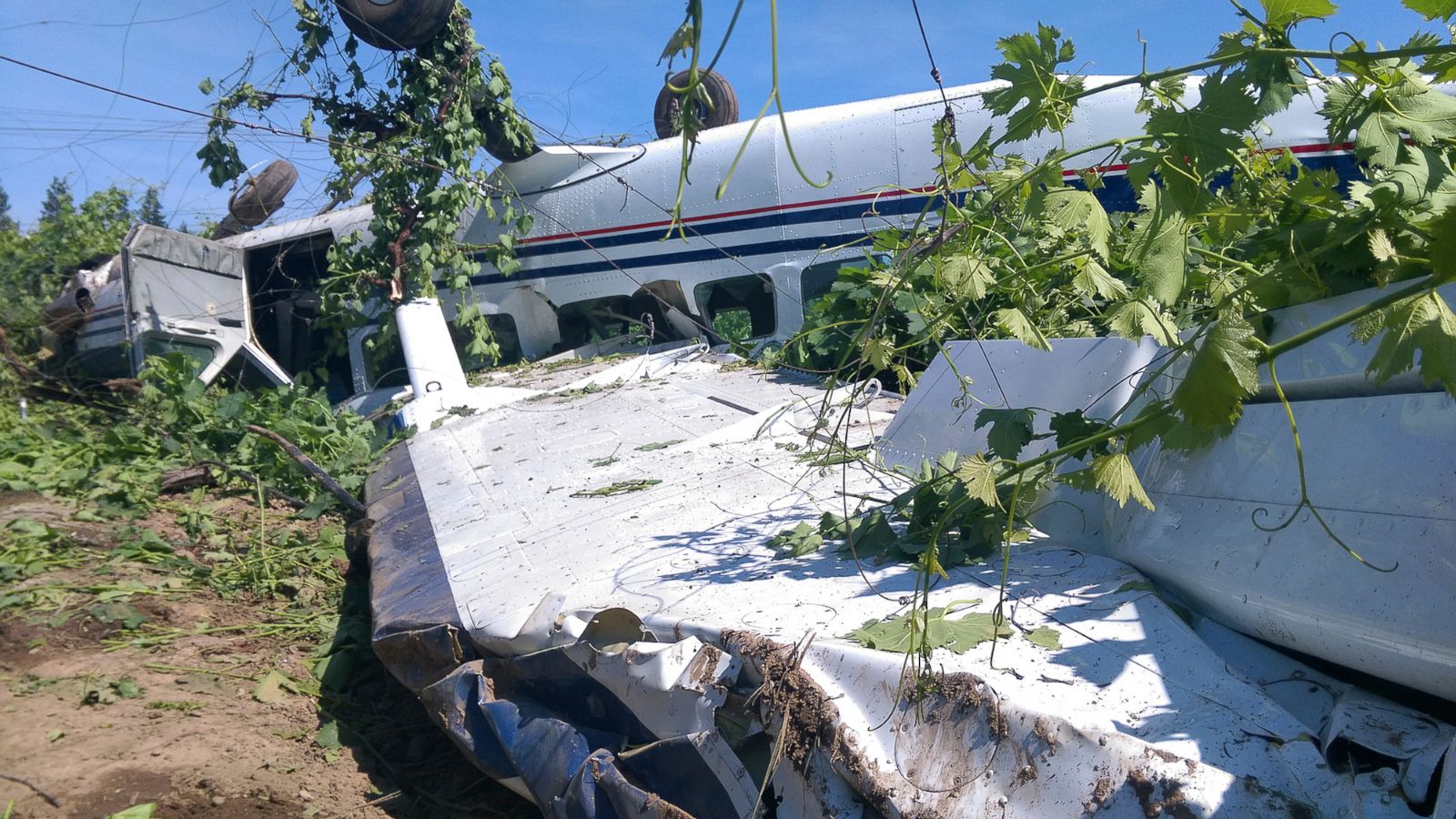
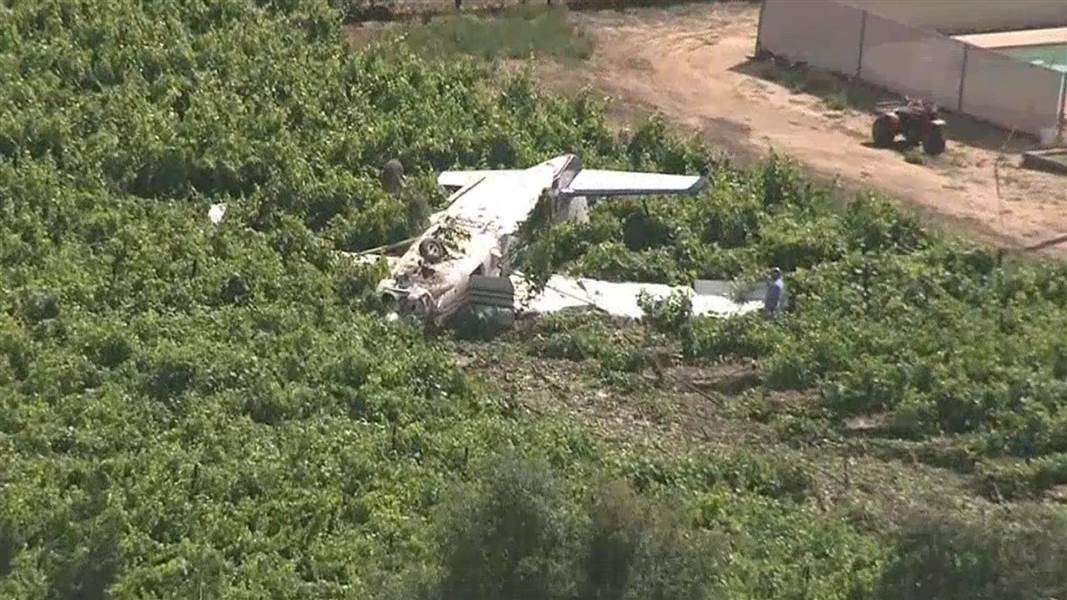


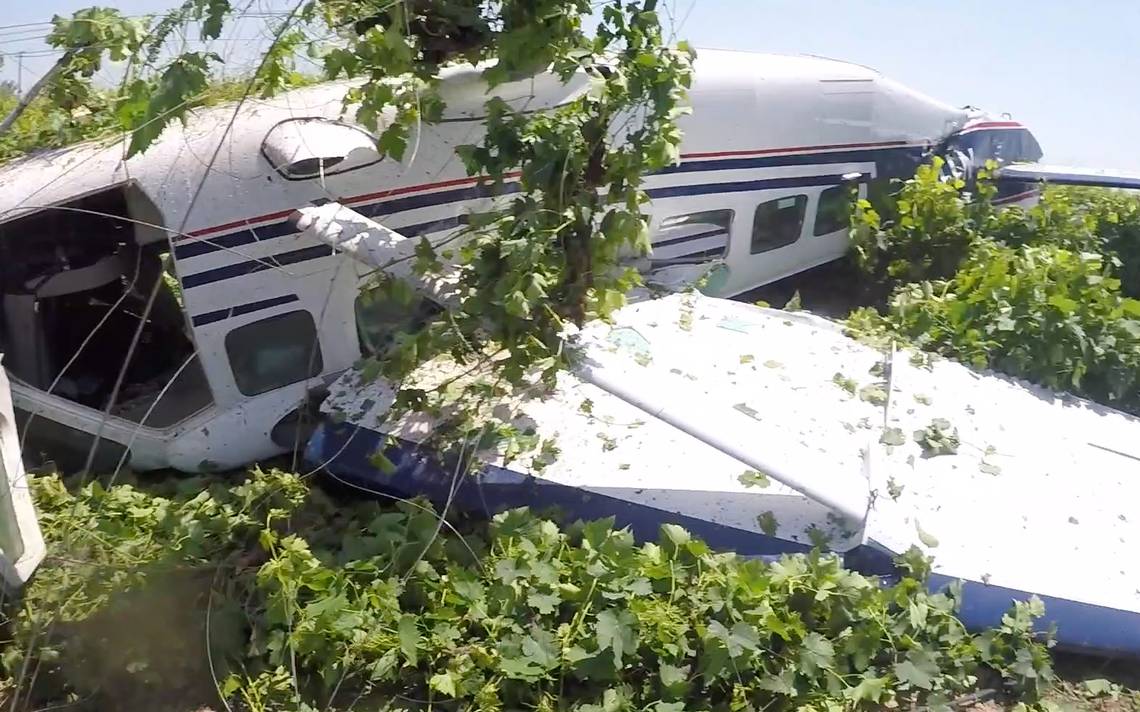
Crash of a Cessna 208B Grand Caravan near Tayoltita: 3 killed
Date & Time:
Apr 1, 2016 at 0917 LT
Registration:
XA-ULU
Survivors:
Yes
Schedule:
Tayoltita - Durango
MSN:
208B-2104
YOM:
2009
Crew on board:
1
Crew fatalities:
Pax on board:
9
Pax fatalities:
Other fatalities:
Total fatalities:
3
Aircraft flight hours:
4027
Aircraft flight cycles:
3479
Circumstances:
The single engine airplane departed Tayoltita Airfield around 0900LT on a charter flight to Durango, carrying nine passengers and one pilot. Twelve minutes into the flight, the pilot encountered engine problems and declared an emergency. Unable to maintain a safe altitude, he attempted an emergency landing when the aircraft crashed in the bed of the Piaxtla River. The wreckage was found about 16 km northeast of Tayoltita Airfield (N 24° 11' 2.65" W 105° 47' 12.57''). The aircraft was destroyed by impact forces and there was no fire. Three passengers were killed and seven other occupants were injured.
Probable cause:
The accident was the consequence of a loss of control following the failure of a turbine compressor disc blade. It was reported that unauthorized repairs had been made on the engine without the approval of the engine manufacturer.
Final Report:




Crash of a Cessna AC-208B Combat Caravan in Hawijah: 3 killed
Date & Time:
Mar 16, 2016
Registration:
YI-119
Survivors:
No
Schedule:
Balad - Balad
MSN:
208B-1309
YOM:
2008
Crew on board:
3
Crew fatalities:
Pax on board:
0
Pax fatalities:
Other fatalities:
Total fatalities:
3
Circumstances:
The single engine airplane departed Balad AFB on an exercice with three crew members on board. While flying at low height, it was shot down by a 57 mm antiaircraft gunfire. Out of control, it dove into the ground and crashed in Hawijah, some 160 km north of Balad AFB. The aircraft was destroyed by impact forces and a post crash fire and all three crew occupants were killed.
Probable cause:
Shot down by antiaircraft gunfire.
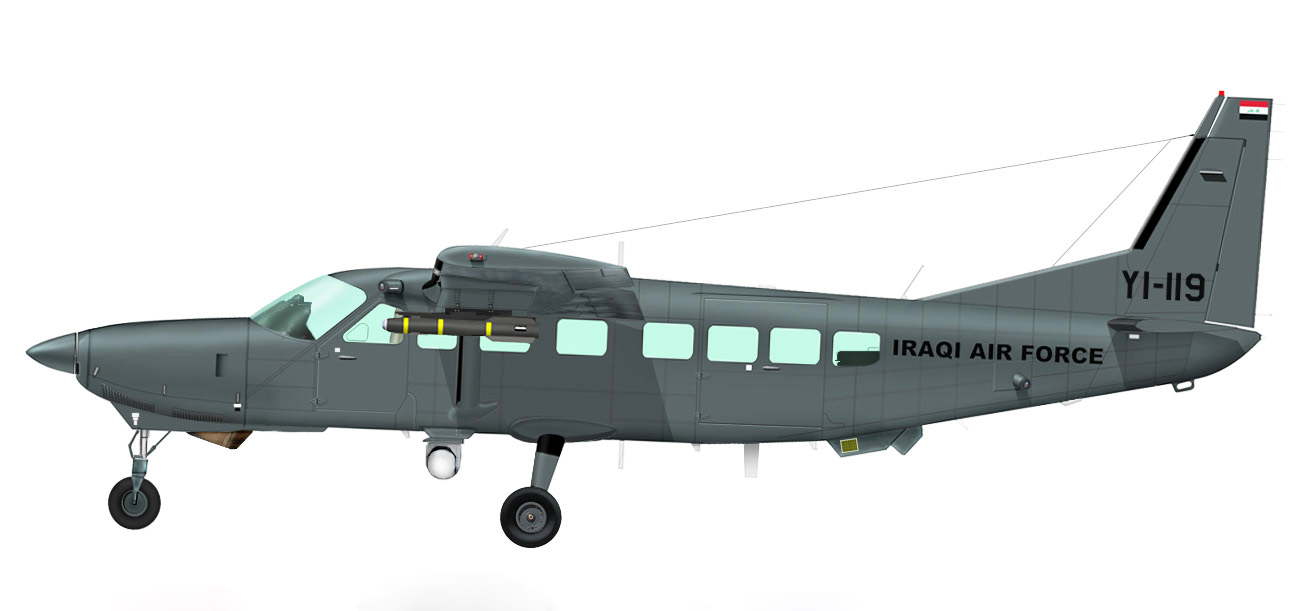
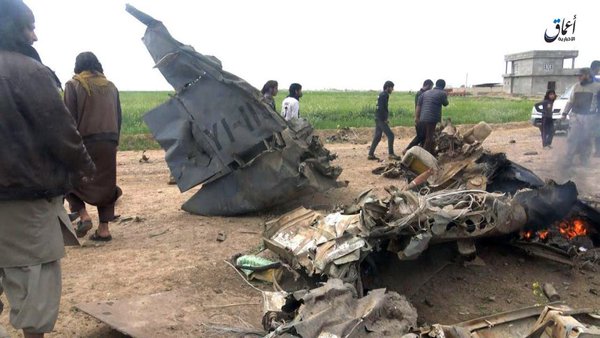
Crash of a Cessna 208B Grand Caravan near Anaktuvuk Pass
Date & Time:
Jan 2, 2016 at 1205 LT
Registration:
N540ME
Survivors:
Yes
Schedule:
Fairbanks - Anaktuvuk Pass
MSN:
208B-0540
YOM:
1996
Crew on board:
1
Crew fatalities:
Pax on board:
7
Pax fatalities:
Other fatalities:
Total fatalities:
0
Captain / Total hours on type:
4142.00
Aircraft flight hours:
19555
Circumstances:
The airline transport pilot was conducting a scheduled passenger flight in an area of remote, snow-covered, mountainous terrain with seven passengers on board. The pilot reported that, after receiving a weather briefing, he chose to conduct the flight under visual flight rules (VFR). While en route about 10,000 ft mean sea level (msl), the visibility began "getting fuzzy." The pilot then descended the airplane to 2,500 ft msl (500 ft above ground level) to fly along a river. When the airplane was about 10 miles southwest of the airport, he climbed the airplane to about 3,000 ft msl in order to conduct a straight-in approach to the runway. He added that the visibility was again a little "fuzzy" due to snow and clouds, and that he never saw the airport. The pilot also noted that the flat light conditions limited his ability to determine his distance from the surrounding mountainous, snow-covered terrain. Shortly after climbing to 3,000 ft msl, the airplane collided with the rising terrain about 6 miles southwest of the airport. Another pilot, who had just departed from the airport, confirmed that flat light and low-visibility conditions existed in the area at the time of the accident. Further, camera images of the weather conditions recorded at the airport showed that, although conditions were marginal VFR at the surface at the time of the accident, there was mountain obscuration and reduced visibility due to light snow and clouds along the accident flight path and that the worst conditions were located along and near the higher terrain. The pilot reported no preimpact mechanical malfunctions or failures with the airplane that would have precluded normal operation. It is likely that that the pilot encountered flat light and low-visibility conditions as he neared the airport at 3,000 ft msl while operating under VFR and that he did not see the rising, snow-covered mountainous terrain and subsequently failed to maintain clearance from it.
Probable cause:
The pilot's continued flight into deteriorating, flat light weather conditions, which resulted in impact with mountainous, snow-covered terrain.
Final Report:

